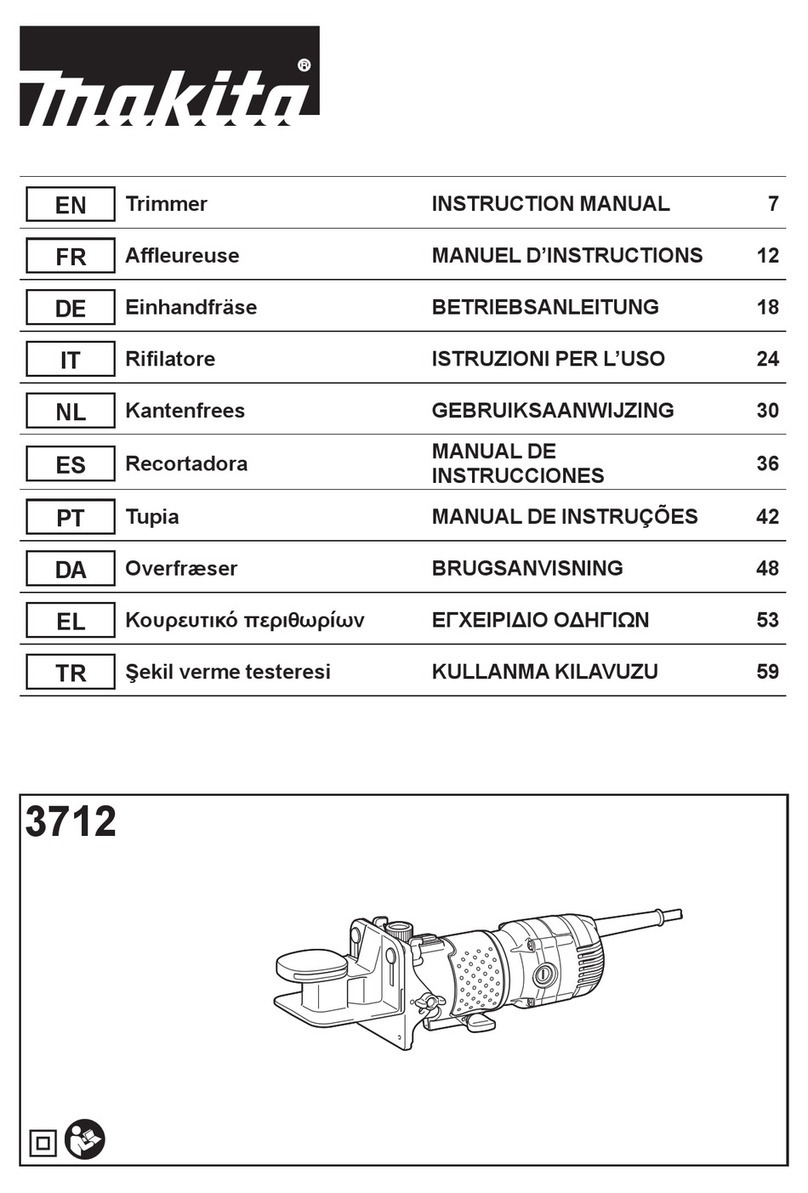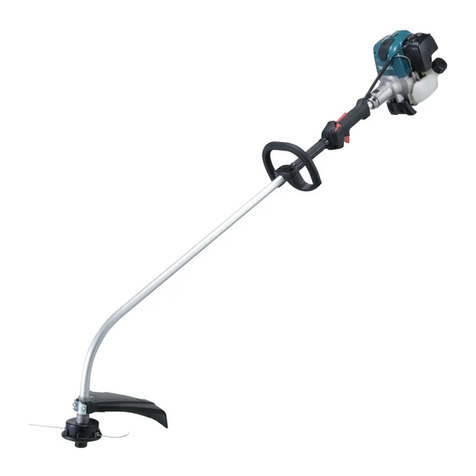Makita UR201C User manual
Other Makita Trimmer manuals
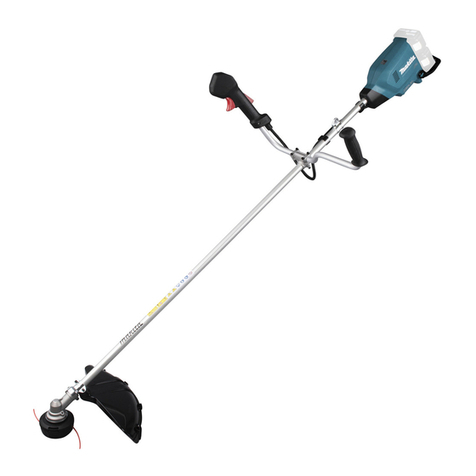
Makita
Makita DUR369A User manual
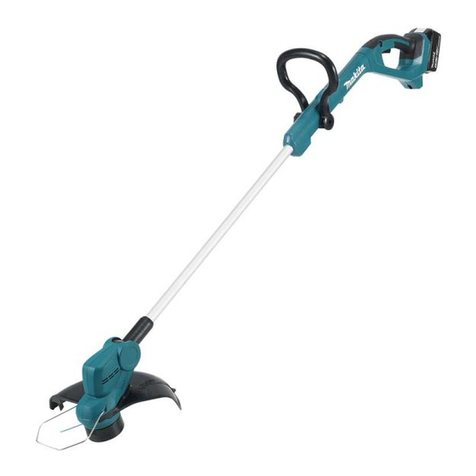
Makita
Makita DUR193 User manual
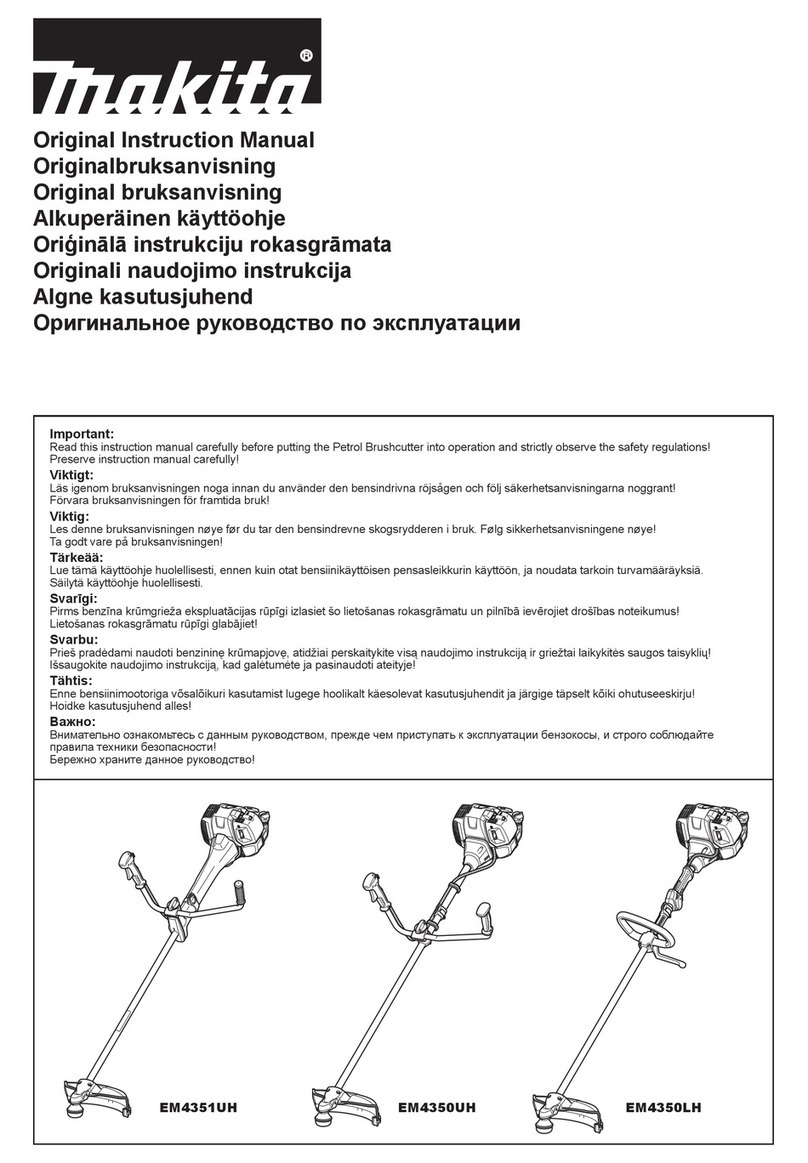
Makita
Makita EM4351UH User guide
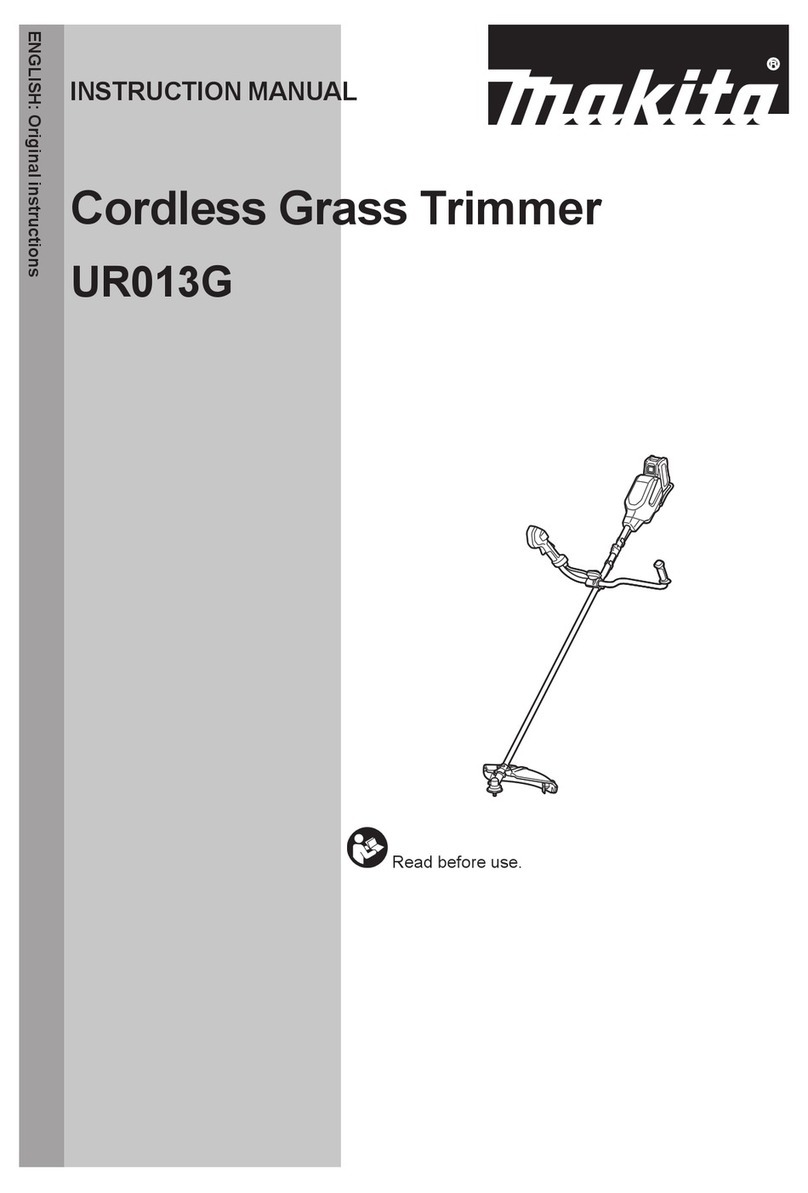
Makita
Makita UR013G User manual
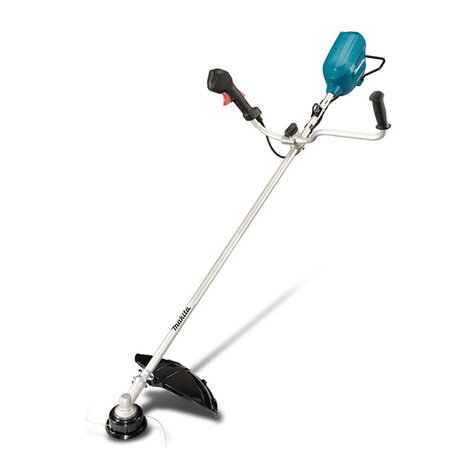
Makita
Makita UR012G User manual

Makita
Makita M372 User manual
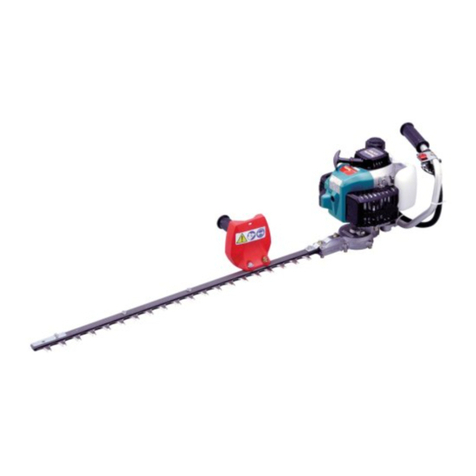
Makita
Makita EH561 User manual
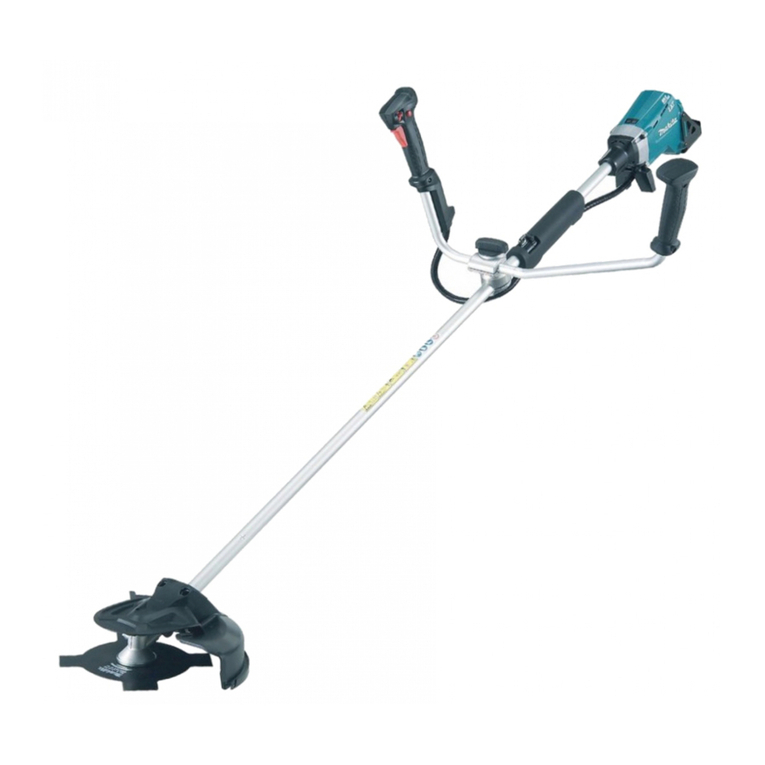
Makita
Makita BBC231U User manual
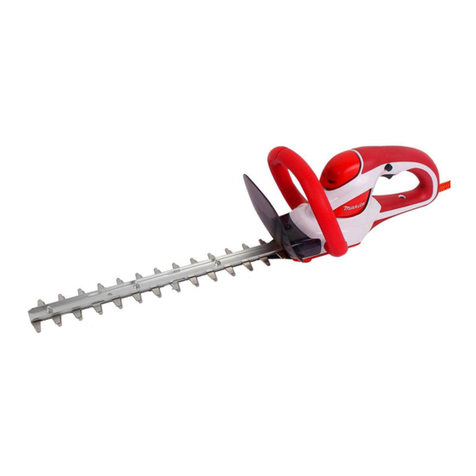
Makita
Makita MUH355 User manual
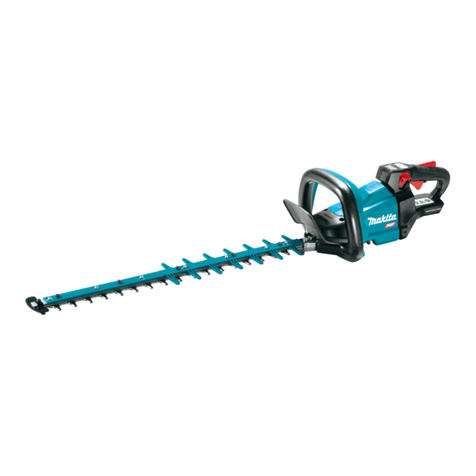
Makita
Makita GHU01 User manual

Makita
Makita 3709 Quick start guide
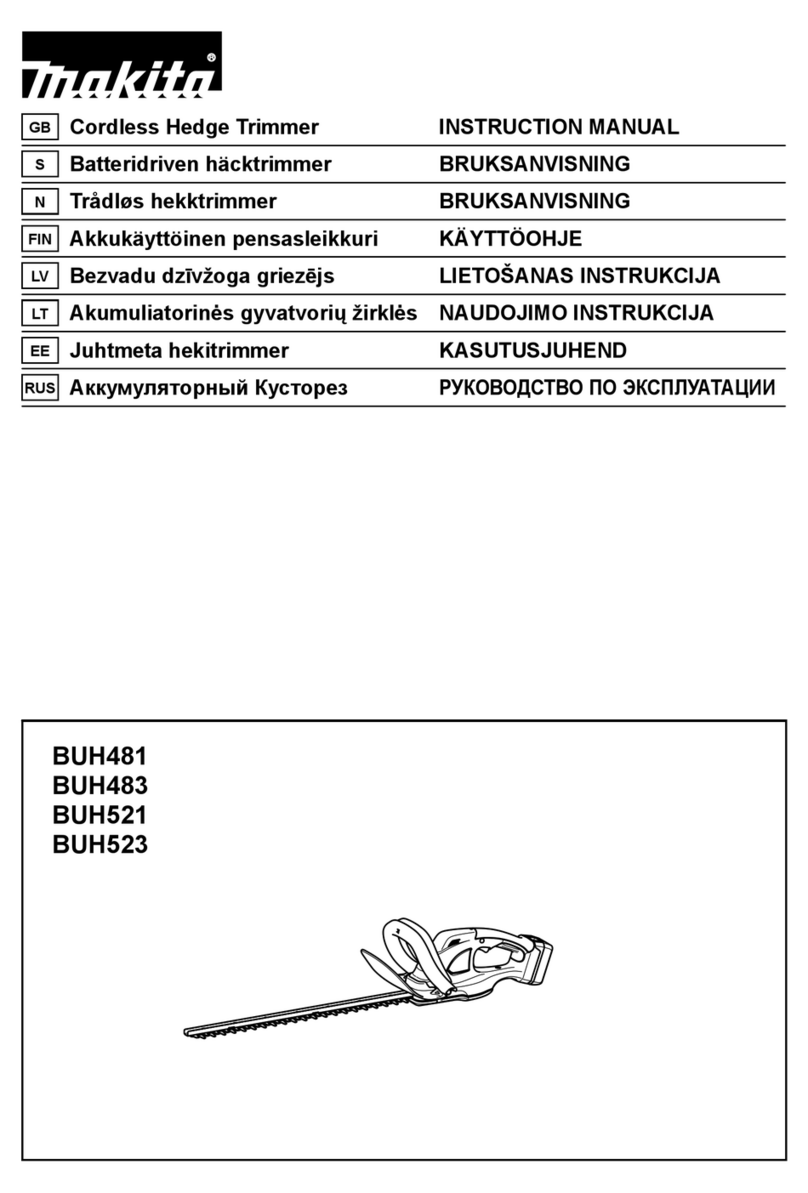
Makita
Makita BUH481 User manual
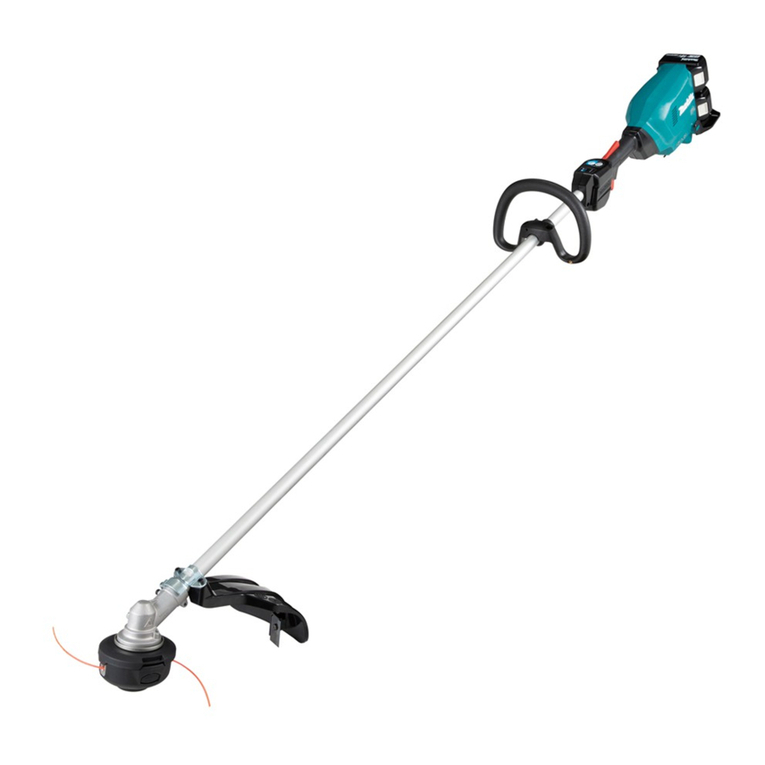
Makita
Makita DUR190U User manual

Makita
Makita M3700 User manual
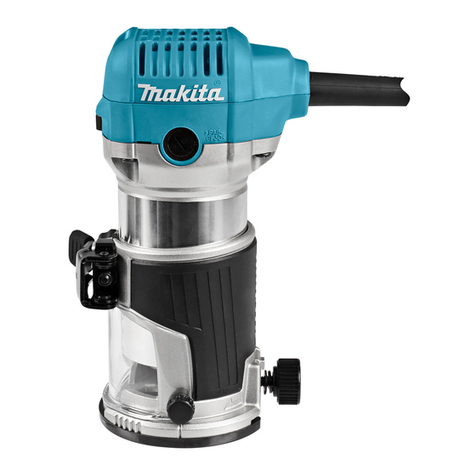
Makita
Makita RT0702C User manual
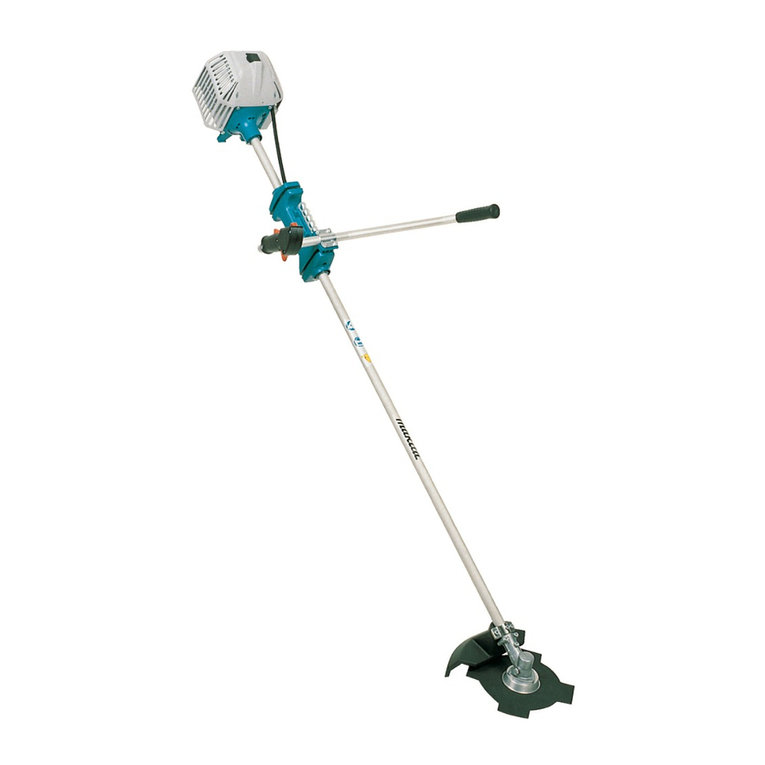
Makita
Makita DBC340 User manual
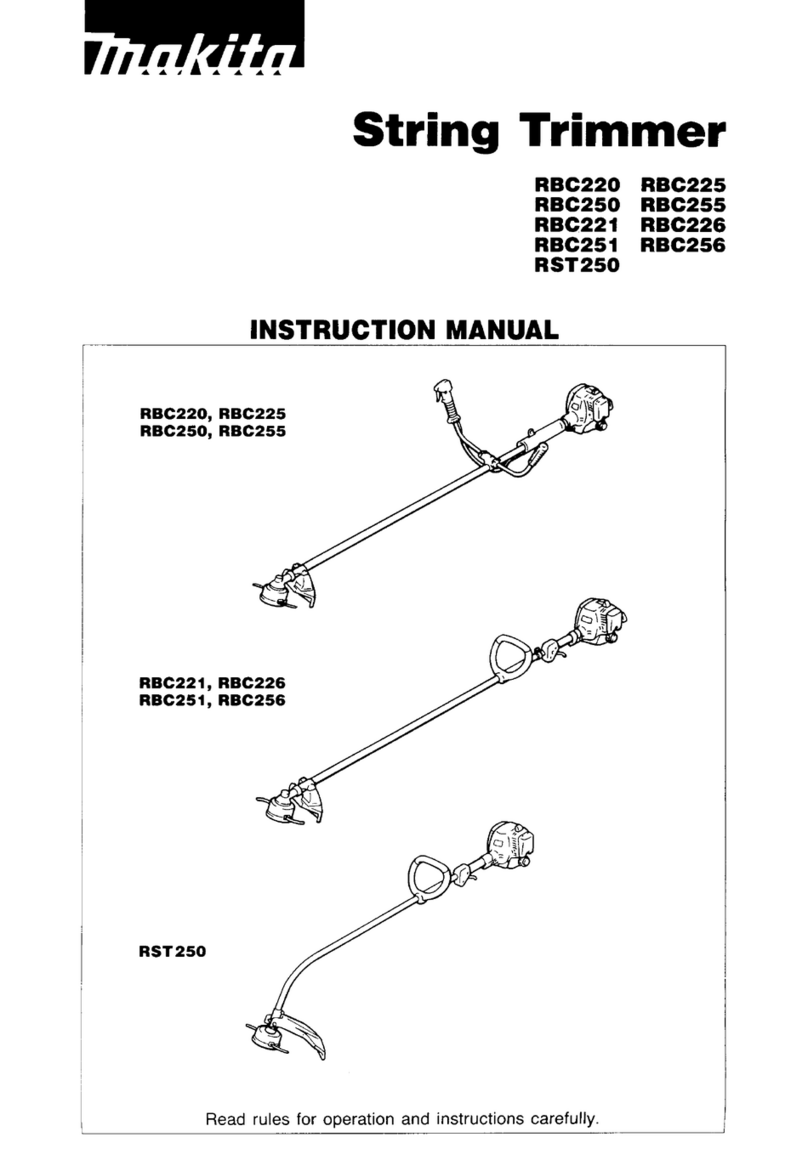
Makita
Makita RBC220 User manual
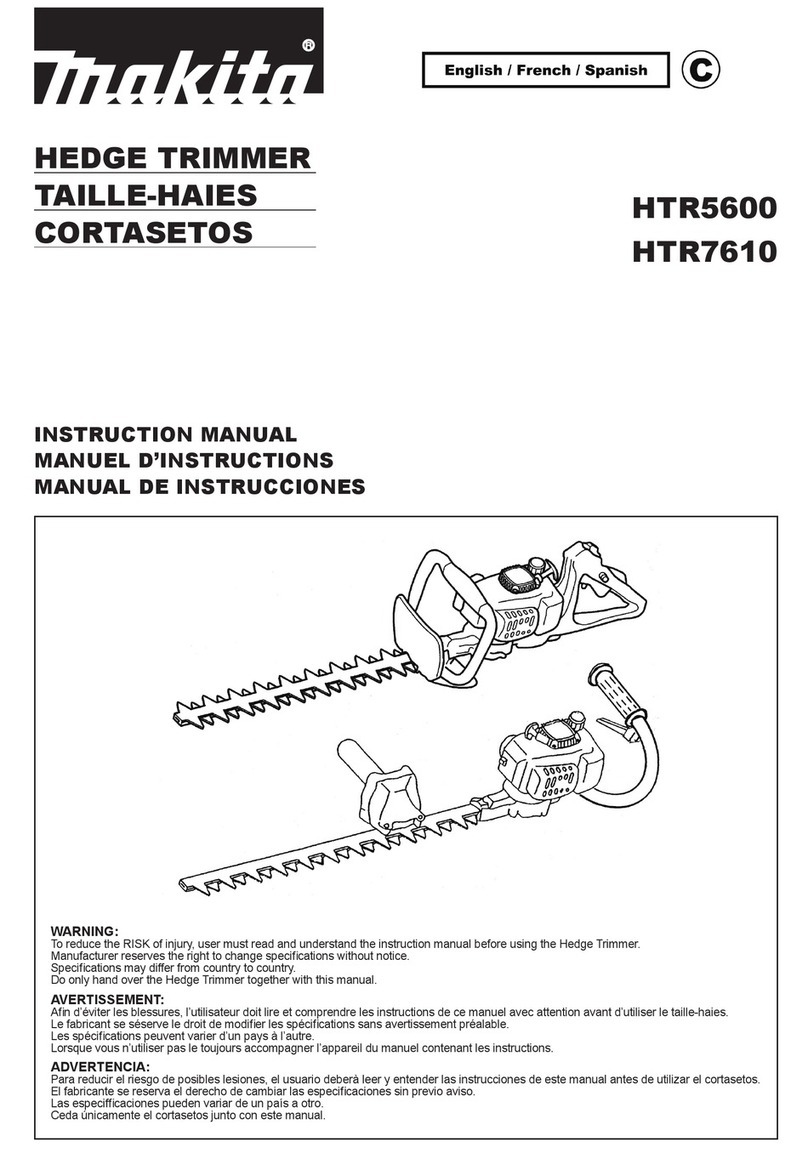
Makita
Makita HTR5600 User manual

Makita
Makita UM3830 User manual

Makita
Makita UH 5530, UH 6330 Instruction Manual


